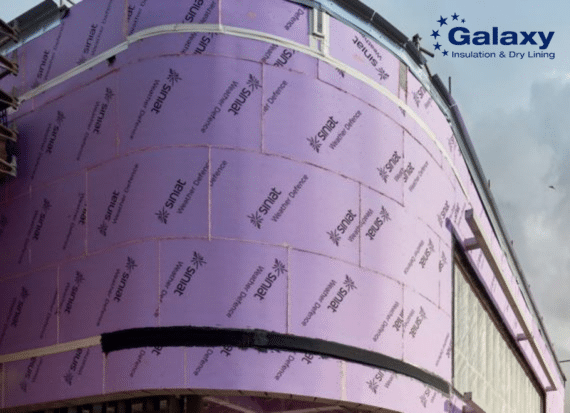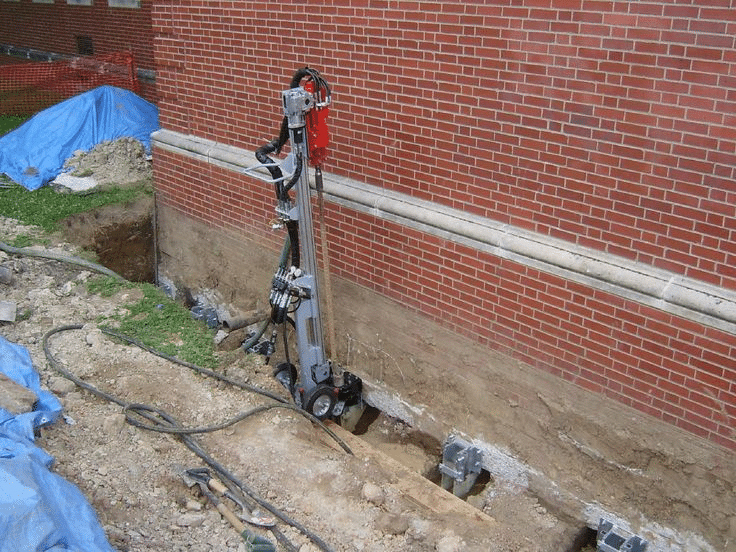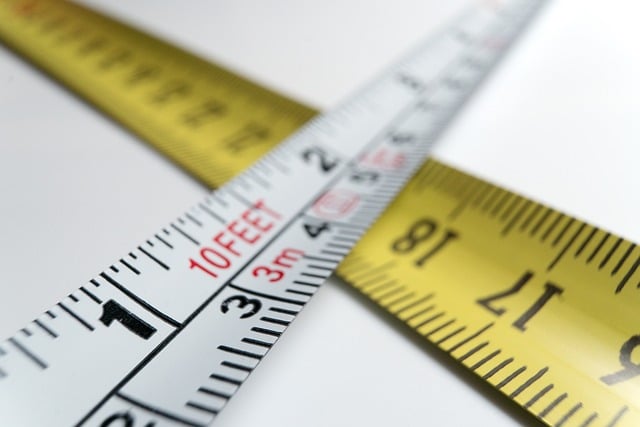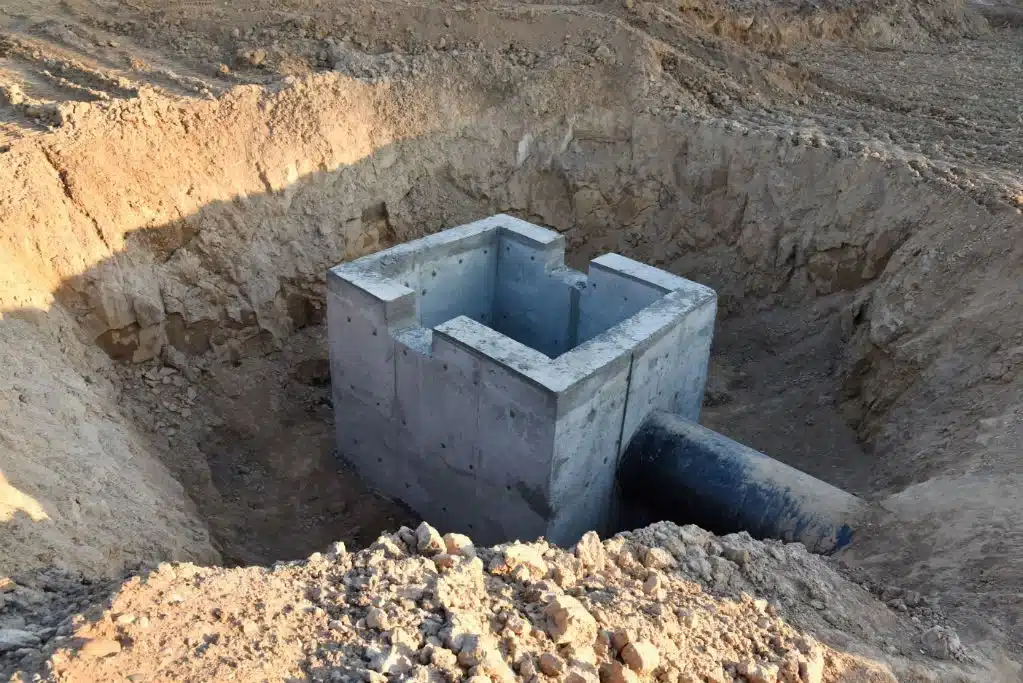A Guide to Weather-Resistant Building Materials
The choice of building materials plays a crucial role in the framework of modern architecture, not only for maintaining structural integrity but also for withstanding the unpredictability of Mother Nature. This article helps you make your way through the maze of weather-resistant construction materials, highlighting solutions that protect buildings from the elements and guarantee their lifespan and resilience.
1. The Crucial Role of Weather Resistance in Construction
Why does weather resistance matter so much in the realm of construction? The answer lies not just in the longevity of a structure, but in its ability to provide comfort and safety to its occupants.
Materials like the robust siniat weather defence board are at the forefront, ensuring that the harshness of external conditions doesn’t compromise the building’s integrity. This material acts as a steadfast guard, preserving the structure from moisture, wind, and temperature fluctuations that are characteristic of diverse climatic conditions.
By choosing such materials, builders lay down the foundations of a sanctuary that remains unaffected by the capricious nature of weather.
2. Insulation: Your Ally Against the Elements
- Understanding Insulation: It’s not just a layer; it’s your building’s thermal armour. Insulation, especially innovative solutions like Kingspan Thermapitch, is fundamental in creating a barrier that shields the interior from external temperature extremes.
- Benefits Beyond Weather Resistance: High-quality insulation doesn’t just protect; it enhances. Expect not only a stable indoor climate but also significant energy savings. The efficiency of materials like kingspan thermapitch lies in their ability to retain heat during winters and repel heat during summers, ensuring comfort without the hefty utility bills.
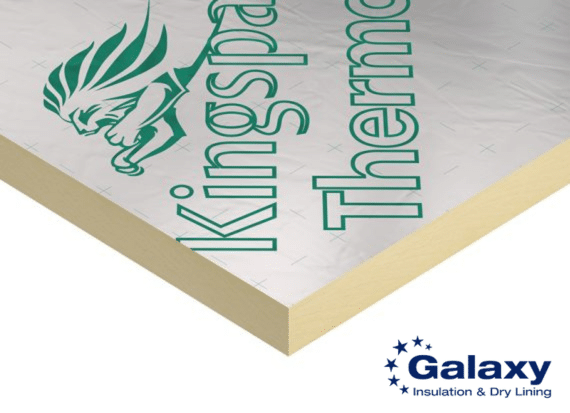
- Considerations for Selection: When choosing insulation, think about thermal performance, moisture resistance, and environmental impact. The goal is to select a product that not only aligns with your weatherproofing needs but also contributes to the overall sustainability of the building.
3. Innovations in Weather-Resistant Materials: What’s New?
The landscape of weather-resistant materials is a testament to human ingenuity, with continuous advancements redefining our approach to durable construction. Let’s delve into recent trends:
- Eco-friendly Solutions: The push towards sustainability has led to the development of materials that are not only weather-resistant but also environmentally friendly. Innovations in this space focus on reducing the carbon footprint without compromising on durability or performance.
- Smart Technology Integration: Emerging technologies are being integrated into building materials, making them ‘smarter’. Imagine materials that can self-heal minor cracks or coatings that reflect infrared radiation, reducing heat absorption and thereby lowering cooling costs.
- Composite Materials: The fusion of different materials to harness the strengths of each is a trend on the rise. These composites offer enhanced weather resistance, durability, and are often lighter and more flexible, allowing for innovative architectural designs.
4. Weighing the Worth: The Cost-Benefit Analysis of Weather-Resistant Materials
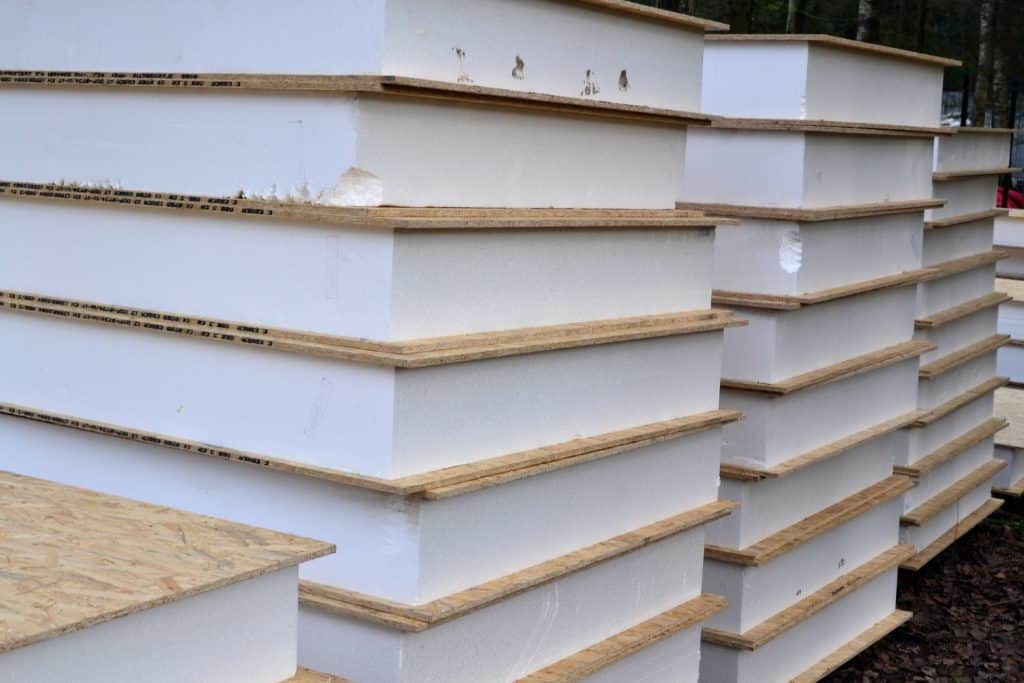
At first glance, the initial investment in weather-resistant materials might seem substantial. However, when dissecting the long-term advantages, the narrative shifts considerably. Materials like Siniat Weather Defence Board and Kingspan Thermapitch are not mere purchases; they are investments in the future of a building.
- Durability Equals Savings: Over time, the resilience of these materials means fewer repairs and replacements. This durability translates directly into cost savings, making the initial investment a wise financial decision in the grand scheme of things.
- Energy Efficiency as a Cost-Saver: The insulating properties of materials like Kingspan Thermapitch play a pivotal role in energy conservation. By maintaining a stable internal temperature, these materials reduce the reliance on heating and cooling systems, thereby lowering energy bills.
- Preserving Property Value: Buildings constructed with high-quality, weather-resistant materials often maintain their aesthetic appeal and structural integrity longer. This preservation can significantly boost property value, making such materials a smart choice for those considering the long-term financial implications of their construction materials.
5. Seamless Integration: Compatibility with Modern Construction Practices
Integrating weather-resistant materials into modern construction requires a harmonious blend of tradition and innovation. The choice of materials like Siniat Weather Defence Board and Kingspan Thermapitch must align not only with durability and efficiency standards but also with the aesthetic and functional demands of contemporary architecture.
- Adaptability to Design Aesthetics: Modern construction isn’t just about strength; it’s about style. Weather-resistant materials are increasingly designed to be versatile, catering to a range of architectural styles without compromising on their protective function.
- Compliance with Building Regulations: As building codes evolve to incorporate stricter standards for safety and energy efficiency, the choice of materials becomes crucial. Weather-resistant materials are often at the forefront of meeting these stringent requirements, providing peace of mind for builders and occupants alike.
- Ease of Installation: The integration of these materials into construction projects is streamlined by their design, which often considers the practical aspects of installation. This ease of incorporation ensures that projects remain on schedule and within budget, all while achieving the desired level of weather resistance.
Conclusion
Weather-resistant building materials are the unsung heroes of modern construction, silently safeguarding the integrity and longevity of structures against the relentless forces of nature.
From the robustness of Siniat Weather Defence Board to the insulating prowess of Kingspan Thermapitch, these materials are pivotal in crafting buildings that not only stand the test of time but also resonate with the ethos of energy efficiency and sustainability.
As we navigate the challenges of modern construction, the strategic choice of weather-resistant materials emerges as a cornerstone, ensuring that our structures remain resilient, not just today, but for generations to come.

